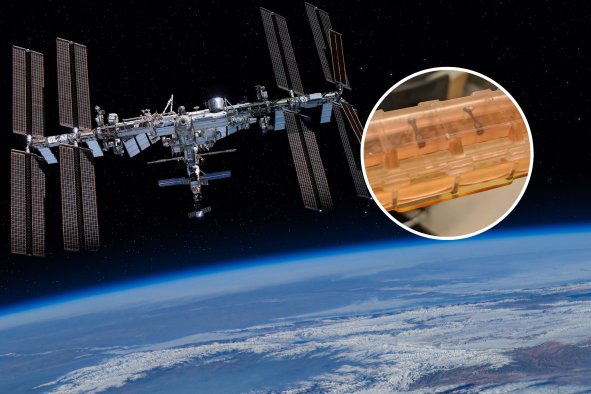Twenty more Starlink satellites have been launched into orbit by SpaceX, taking the total number of the tiny satellites to nearly 7,100.
The new batch was launched from the Vandenberg Space Force in California early on Wednesday morning, aboard a SpaceX Falcon 9 rocket.
Thirteen of these Starlink satellites have direct-to-cell capability, meaning that they can connect to phones without needing cell towers, and even be used by existing phones without requiring any changes to hardware, firmware, or apps.
SpaceX began launching Starlink satellites in 2019, and their numbers have expanded rapidly since. There have been a total of 7,062 Starlink satellites launched into orbit around our planet as of September 25, according to astronomer Jonathan McDowell, who tracks the launches on his website. Of these, 6,428 are still in orbit, and 6,373 remain functional. As many as 42,000 of these satellites may be launched into orbit in the future.
Starlink is designed to provide internet to remote locations around the world. Starlink satellites orbit the Earth at altitudes ranging from 340 to 1,200 kilometers, much lower than traditional communication satellites, which reduces latency and results in faster internet speeds. The satellites communicate with ground stations and with each other using laser links for faster data transmission.
Bulking up Starlink's megaconstellation has more than doubled the number of satellites orbiting around the planet: satellite tracking website "Orbiting Now" shows that there are currently 10,845 satellites in orbit around the Earth. The ballooning number of satellites orbiting the Earth, largely due to SpaceX launches, has sparked concerns from experts for several reasons.
First, the sheer number of objects zooming across the night sky may have an impact on astronomy. Astronomers have noticed increased bright streaks across images of the sky taken from the ground, due to satellites passing by, which could make it harder to study outer space.
"Satellite constellations can pose a significant or debilitating threat to important existing and future astronomical infrastructures, and we urge their designers and deployers as well as policy-makers to work with the astronomical community in a concerted effort to analyze and understand the impact of satellite constellations," the International Astronomical Union (IAU) said in a June 2019 statement.
Additionally, there is a worry that satellites may start slamming into one another, setting off a chain reaction of collisions.
"In 2021, astronauts onboard the ISS [International Space Station] found a hole in the robotic arm due to a debris strike," Wendy N. Whitman Cobb, a professor of strategy and security studies at Air University, previously told Newsweek. "The fear is that if debris continues to accumulate, it could trigger what is called the Kessler syndrome meaning that one debris strike causes the destruction of a satellite which then creates more debris and so on. Given the extent to which we are using space more than ever, this debris then is a real cause for concern."
Kessler Syndrome refers to a theoretical scenario in which the density of objects in low Earth orbit (LEO) becomes so high that collisions between objects generate a cascading effect of more crashes. This would lead to an exponential increase in space debris, eventually making certain orbits unusable for satellites or spacecraft due to the risk of constant collisions.
Do you have a tip on a science story that Newsweek should be covering? Do you have a question about Starlink? Let us know via science@newsweek.com.
Disclaimer: The copyright of this article belongs to the original author. Reposting this article is solely for the purpose of information dissemination and does not constitute any investment advice. If there is any infringement, please contact us immediately. We will make corrections or deletions as necessary. Thank you.



